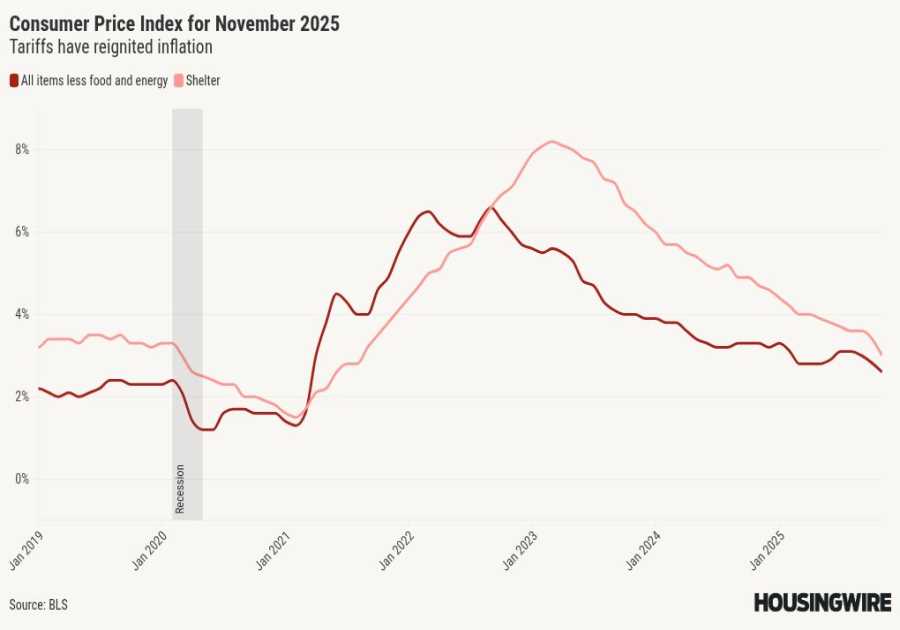In lean manufacturing, “waste” is everything that doesn’t improve a product in some way. Anything a consumer will be willing to pay for is considered valuable in the manufacturing industry.
Therefore, waste is any expense incurred during a procedure that is not profitable for the client. The goal of lean manufacturing is to eliminate waste from production processes.
Those traditional “lean thinkers” always classified quality inspection and testing as non-necessary waste because they do not change materials or parts into products.
Quality inspection is non-value-added waste, they claimed. Nevertheless, increasing its efficacy is the first step toward getting rid of it.
What Is Quality Inspection?
By analyzing their techniques for gauging and testing product features, businesses can respond to the question, “What exactly is a quality inspection?” Comparing the outcomes of these tests to the required product standards is part of quality inspection. An essential step in producing and delivering goods to consumers of consistently high quality is controlling and adjusting product quality. Companies maintain quality control on raw materials, customer service, assembly, and managerial processes. This is while monitoring the manufacturing process to guarantee that manufactured units are acceptable for their intended use. Companies can efficiently fix any irregularities found by the inspection.
Establishing and upholding a product standard is a crucial part of implementing an inspection program. Testing and understanding how customers use a product is one goal of an inspection so that businesses may fix quality issues.
Why Is Quality Inspection Essential?
Quality inspection is essential because it can assist businesses in determining if their products meet marketing and quality criteria. Companies can provide consistent and reliable quality to their customers by comparing product requirements to the outcome of an inspection. Companies can also find possible issues with the product and enhance the design using the information from sample testing. The reasons businesses employ quality control techniques include the following:
- Creates consistent and reliable quality
- Guarantees correct quantity
- Identifies production line inefficiencies
- Prevents products damage
- Enhances customer satisfaction
- Minimizes pointless communication between the company and its suppliers
- Encourages staff to produce high-quality products
- Reduces inspection costs
- Enables businesses to deploy resources more effectively
- Guarantees that products work as advertised
Types of Quality Inspection
Businesses base their inspection approach on the design of their products and the organization of their production methods. For instance, if a company produces metal roofs, quality control can check the raw materials’ toughness to ensure the metal roof will hold up during bad weather. To avoid irregular production, a quality inspector evaluates finished products to the quality index for all products. Here are a few types of quality inspections:
Pre-Production Inspection
Before the production process starts, quality inspectors perform the pre-production inspection. This stage evaluates the raw materials’ quality and compliance with the product’s specifications. An inspection crew may collect samples and submit them to a lab, or they may choose to visually evaluate the objects. At this stage of the inspection, the output of factory production lines is monitored, the manufacturing equipment is inspected, and the right amount of components and materials is obtained.
During Production Inspection
When production commences, the phase of during-production inspection begins. Inspectors can spot quality problems early in the production process and reroute the manufacturing process to address any potential deviations. Before shipping goods to customers, it’s critical to resolve quality concerns at this stage of production to help assure adherence to specifications. Requesting random samples of certain items and confirming that the following stage has been adequately prepared are both examples of during production inspection.
Pre-Shipment Inspection
After production and before shipment, organizations do the pre-shipment inspection to make any final load modifications. In this stage, inspectors look at samples from the previous phase and examine laboratory findings. The majority of businesses employ a random-sampling technique to find quality or quantity deficiencies. The pre-shipment inspection phase completes the documenting of package details, validates compliance to function and safety, and aids in ensuring the correct packaging of products.
Loading And Unloading Supervision
To deliver goods safely and avert potential damages, inspectors supervise loading and unloading. Inspectors keep an eye on how products are handled to ensure that they are packaged correctly and per safety regulations. Supervisors frequently check containers, report on their conditions, open random products for inspection, and count the number of containers. This is the last step in the inspection process before companies ship their goods to customers.
Methods of Quality Control
Before beginning the production phase, companies need to create specific procedures for identifying product limitations and safety criteria. Most organizations compare sampling products and procedures to their intended uses using a quality control chart. These graphs, like an x-bar chart that shows the mean and variance of a process, can show variations in the product specification that are of concern. Most firms employ one or many of the following techniques for quality control:
Failure Testing
A failure test’s purpose is to put a product under pressure until it breaks, either by raising the temperature, the vibration, or the force it can withstand. Failure tests assist businesses in creating and putting into practice efficient solutions to stop product failure during the production process. Failure testing can also highlight unanticipated product deficiencies that engineers can fix during the design stage.
Statistical Control
Statistical control is another quality control method that analyzes and tracks operations using statistical data. By using this technique, production waste can be reduced and process efficiency can be increased.
Total Quality Management
Total quality management is a management philosophy that holds all employees accountable for exceeding expectations. Companies should foster a culture of improvement and accountability to help ensure the consistent quality of their products. This is because of the factors contributing to quality. The control strategy focuses on enhancing the company’s internal procedures for a better output.
Taguchi Method
The Taguchi method is another effective quality control method that emphasizes the standard of product design or engineering practices to reduce product variability. In the first stage of the Taguchi technique, engineers examine the system design and make necessary alterations after researching the product’s parameters. The ideal conditions for various production processes are selected in the second phase. The tolerance design step, which concludes the process, involves measuring the limits of products and the performance of processes.
Conclusion
There is much to consider on the subject of “are quality inspection activities just “waste”? For your quality inspection, consider a top-tier company such as EC Global Inspection to work with. EC Global Inspection provides deep insight into the root causes of quality deficiencies and explores suitable solutions to the problem.
You may be interested in: Importance Of Home Inspection While Selling A House
------------Read More
By: David Jones
Title: Are Quality Inspection Activities Just “Waste”?
Sourced From: marketbusinessnews.com/are-quality-inspection-activities-just-waste/319045/
Published Date: Tue, 27 Dec 2022 21:21:38 +0000
Did you miss our previous article...
https://trendinginbusiness.business/business/glass-onion-director-rian-johnson-jokes-that-netflix-secretly-funded-twitters-takeover-as-his-fictional-idiot-billionaire-draws-comparisons-with-elon-musk
.png)





